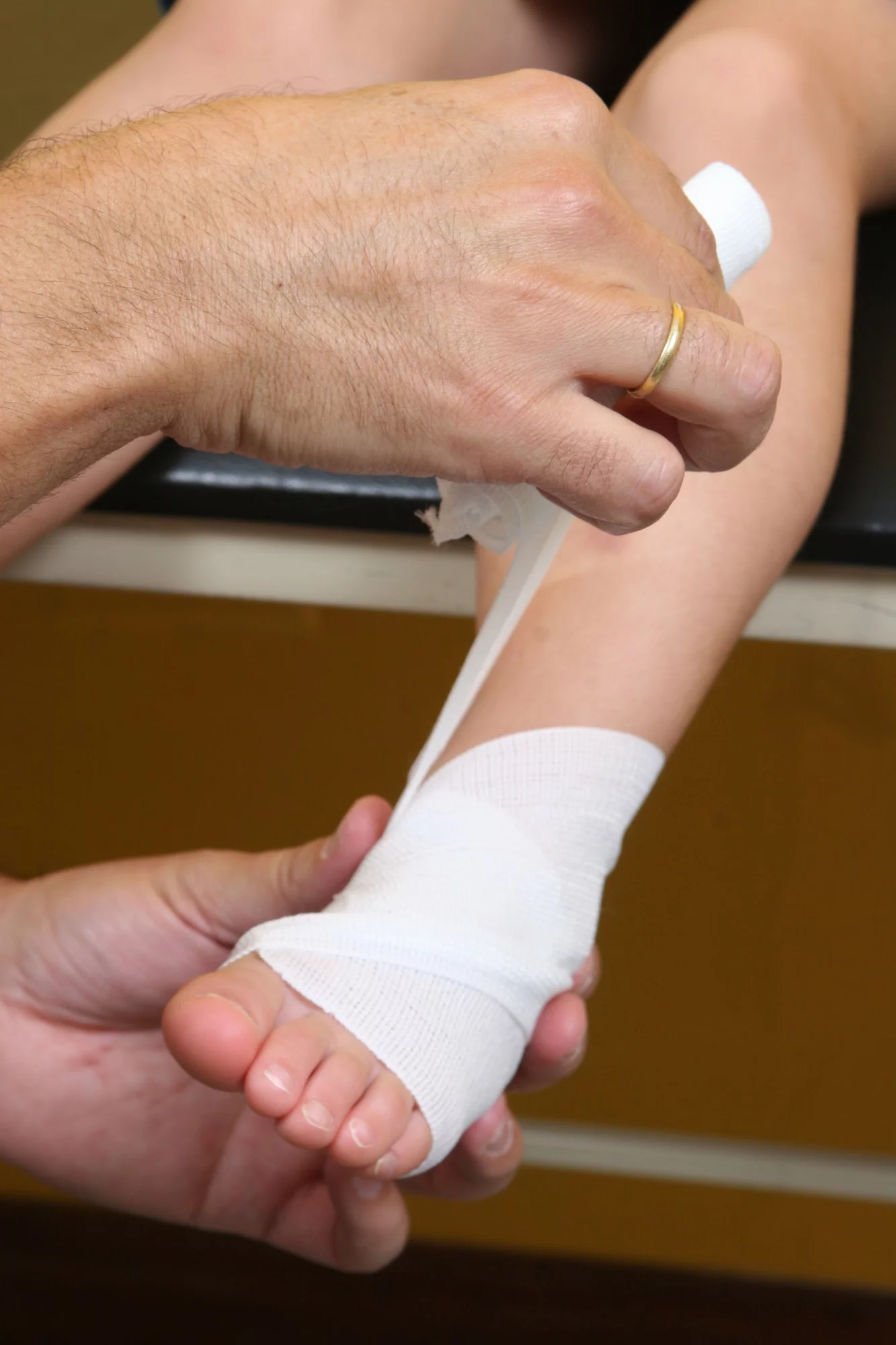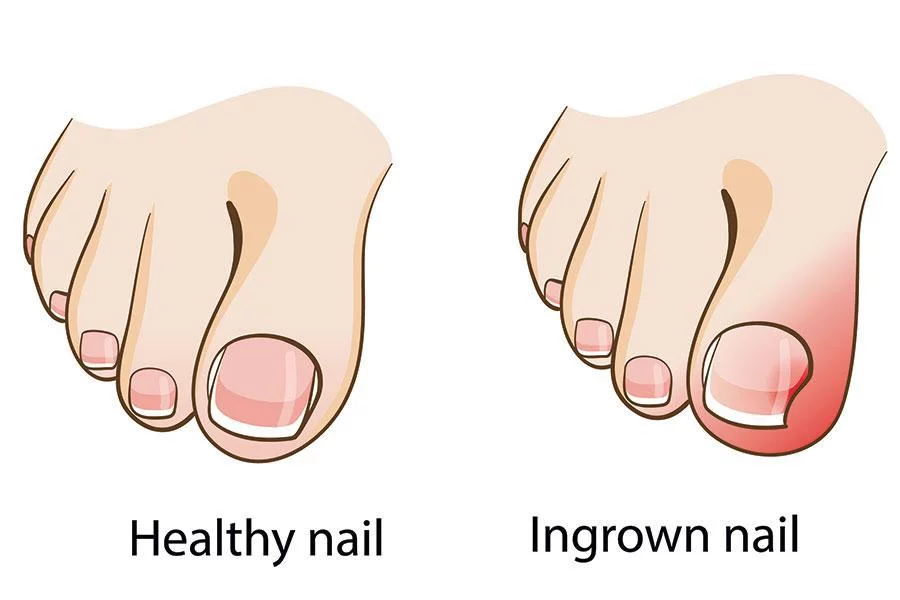Ingrown toenails are the most common nail problems, often leading to pain, redness, and swelling. Our expert podiatrists offer innovative treatments for ingrown toenails. If you have an ingrown toenail, don’t hesitate to get treatment. We have locations throughout Northern California. Call your nearest office or book an appointment online today.
What is an Ingrown Toenail?
An ingrown toenail occurs when the corner of your toenail grows downward into the adjacent skin, digging painfully into the soft flesh. This common condition can affect any toe, but the big toe is most often affected.
Generally, ingrown toenails aren’t a serious medical problem and usually resolve with simple home remedies like soaking the foot in room-temperature water.
However, ingrown toenails can become infected. If you have diabetes, peripheral vascular disease, or another condition that causes poor circulation, you should seek professional treatment for an ingrown toenail as soon as possible. Don’t try to treat it yourself. You should also call us if you suspect the ingrown toenail is infected.
Who is at Risk of Complications from Ingrown Toenails?
Anyone can get an ingrown toenail. But your risk of developing complications from an ingrown toenail is higher if you have certain medical conditions, such as:
- Diabetes
- Poor blood circulation
- Nerve damage in the leg or foot (neuropathy)
Without proper treatment, an ingrown toenail may lead to a serious infection, and possibly amputation.
What Causes Ingrown Toenails?
Trimming your nails too short is the most common cause of ingrown toenails. When the nail is too short or rounded at the edges, the skin next to your nail may fold over it. It’s important to trim your toenails straight across.
Other causes of ingrown toenails include wearing shoes that crowd your toes and injuries, such as stubbing your toe.
How Do I Know if an Ingrown Toenail is Infected?
If an ingrown toenail breaks the skin and allows bacteria to enter, an infection may develop. Infected ingrown toenails may appear red, swollen, and warm to the touch. They may also be painful and ooze foul-smelling fluid (pus).
How are Ingrown Toenails Treated?
First, we carefully evaluate your foot and reviews your medical history. Then, you receive an individualized treatment plan that may include a prescription for topical or oral medication. Your provider may place a splint under the nail to help it grow away from the skin to relieve discomfort.
If ingrown toenails are a chronic problem, your provider may perform a procedure to partially or completely remove the nail. Depending on your needs, they may use a chemical, laser, or other methods.
For expert management of ingrown toenails, call us or book an appointment online today.



